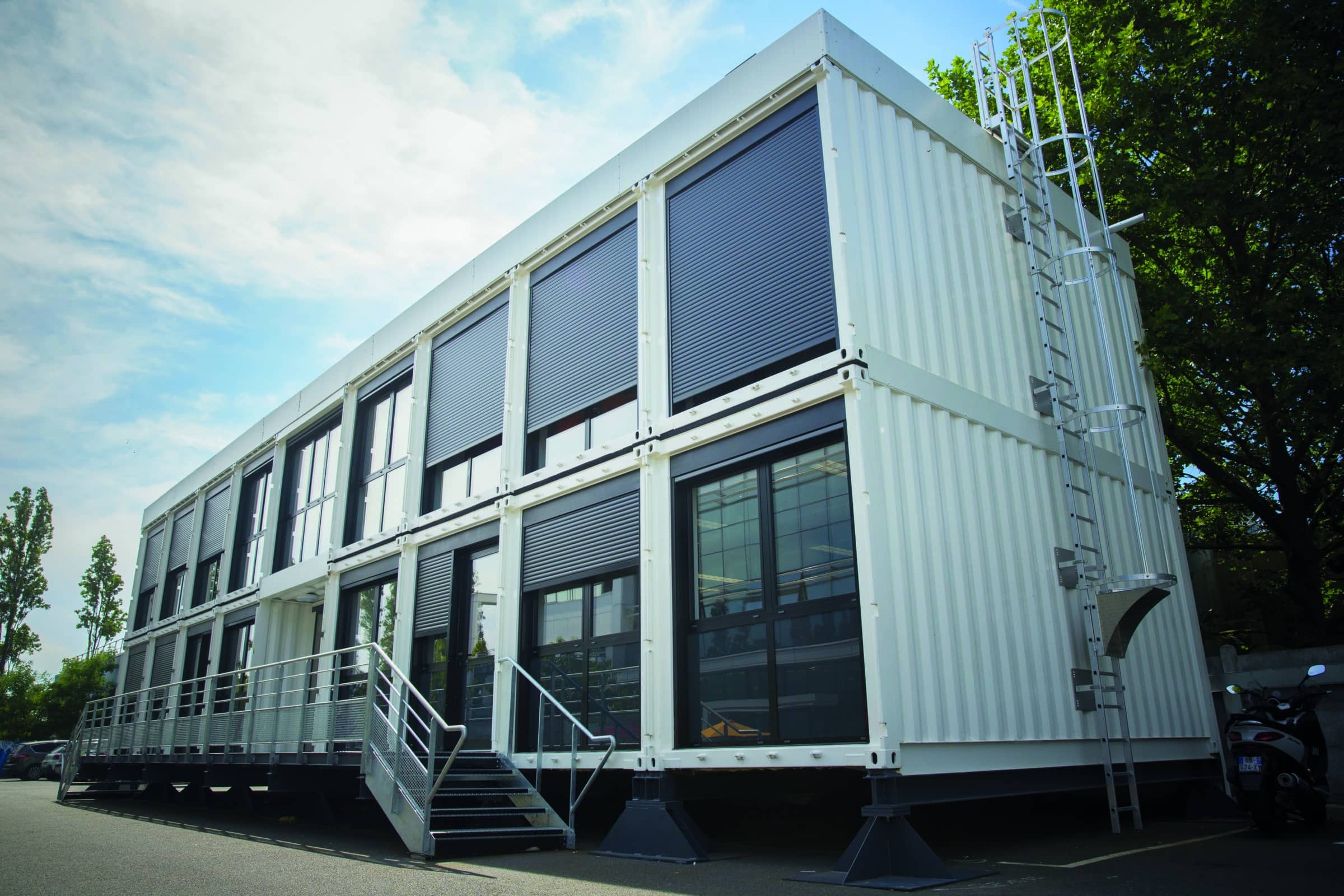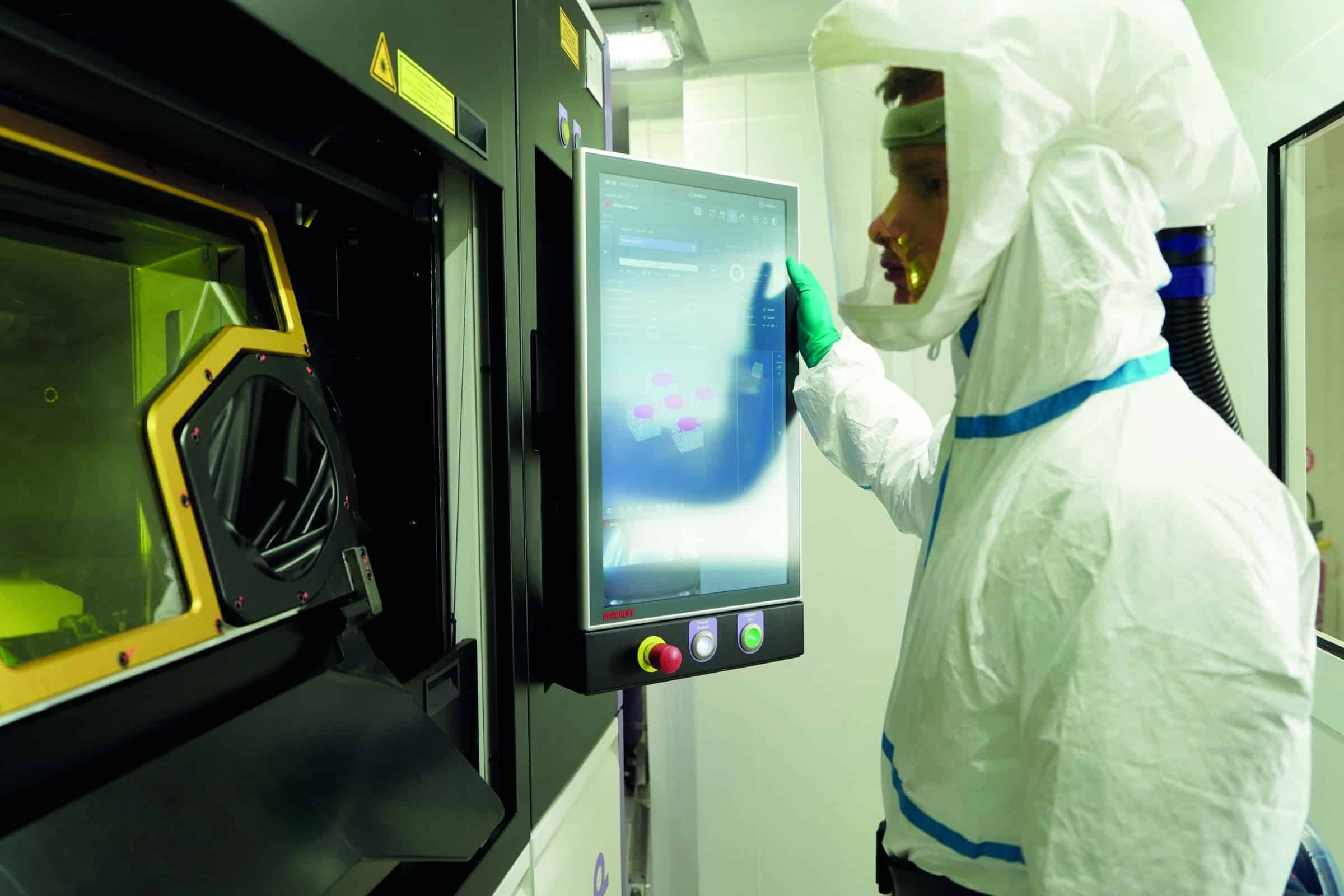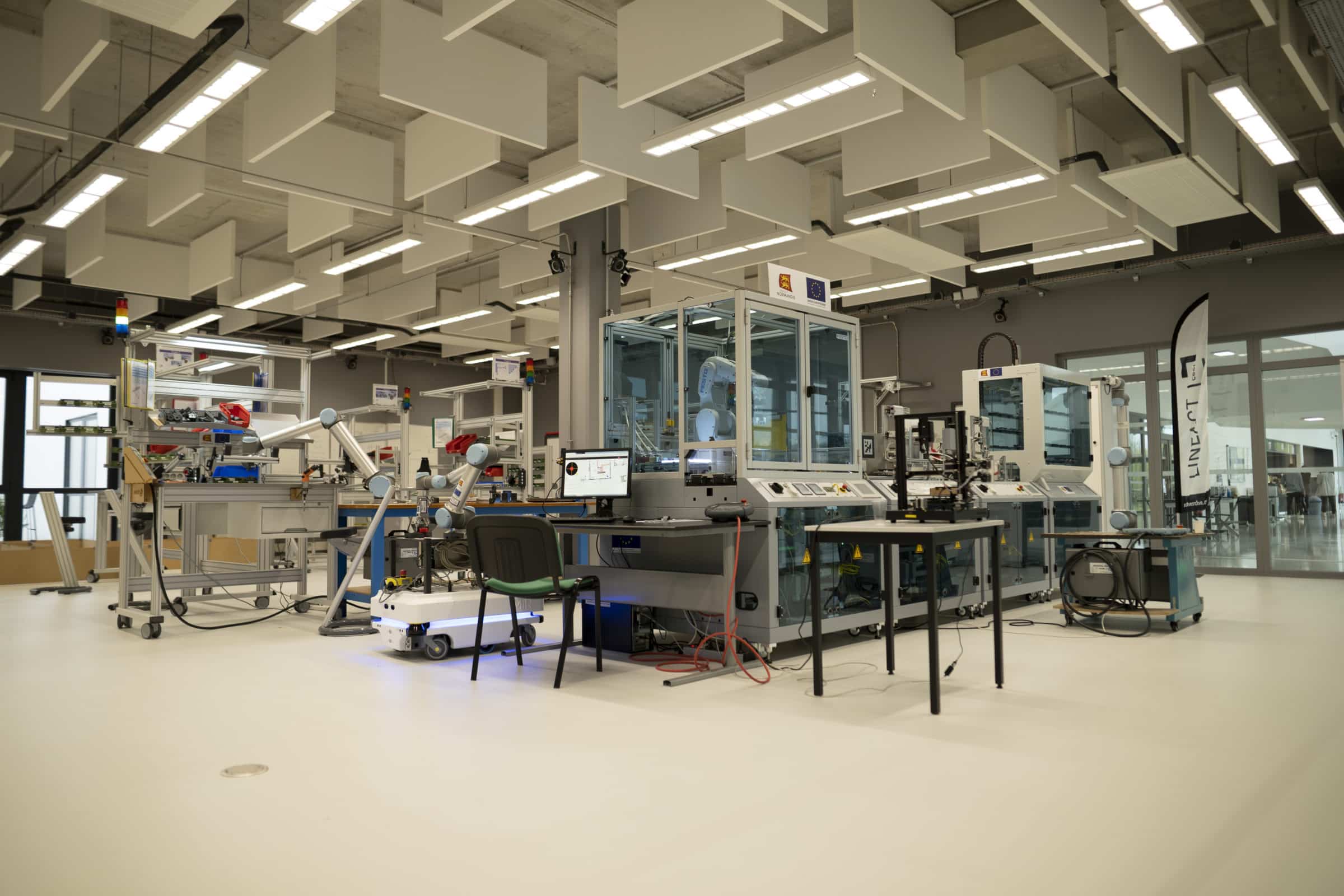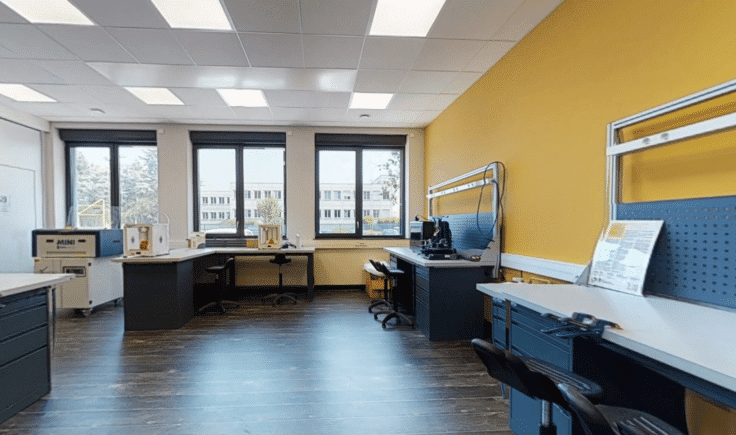CESI demonstrators
Innovative technological and educational space.
The Smart Building Demonstrator

Research and experimentation platform
In 2017, the CESI campus in Nanterre was equipped with a “Smart Building” demonstrator dedicated to connected and intelligent building concepts. Research and experimentation platform and place of learning and training, this building underlines CESI’s strong position in favour of a more intelligent and sustainable city.
At a time of digital revolution, construction professionals are increasingly relying on new technologies to improve the energy performance of buildings, increase user comfort and propose solutions for a more energy-efficient city.
The Smart Building Demonstrator is a great place for experimentation and is naturally an excellent teaching medium for CESI students. The demonstrator is used in a wide range of courses related to energy performance, BIM, connected objects, data management and analysis, artificial intelligence and the implementation of predictive maintenance models.
The mobile metal additive manufacturing unit

An innovative concept
Additive manufacturing, or 3D printing, is one of the key technologies of the industry of the future. In just a few years, it has become widely used in many industrial sectors such as medical, space, automotive, aeronautics and many others.
Additive manufacturing refers to a set of processes used to manufacture a component by overlapping successive layers of material, based on a virtually sliced digital model (CAD). The most promising metal additive manufacturing processes are based on laser fusion of metal powders. This technology is particularly suitable for single parts or small series, at an affordable cost. It offers amazing design flexibility and can create highly customised, complex components with high added value. In industry, the emergence of additive manufacturingis driving a significant paradigm shift.
La Source – Industry of the Future Demonstrator

CESI undertakes to train engineers ready to meet the industrial and environmental challenges of tomorrow. This commitment led to the project to move the Rouen campus in 2020 to a new 10,000m² study area, located at the very heart of the Rouen Normandy Science & Engineering Campus, which already attracts many stakeholders in higher education, in research and innovation, as well as the competitive sectors and clusters, companies and start-ups. This new building, respectful of environmental standards, oriented towards the future and research, brings together technological and educational spaces, including the “Industry of the Future” demonstrator called “La Source” and composed of :
- a flexible and adaptable automated and manual production workshop consisting of an automated didactic production line, manual workstations and mobile transport robots
- a fablabin which 3D printers (wire, plastic and metal powder sintering) are installed
- a prototyping workshop
- a laboratory dedicated to the digital and augmented factory
A demonstrator dedicated to the digital and energy transitions

As long-standing partner of companies in their industrial organisation and performance, CESI now supports them in their transition, both digital and energy. On its campus in Arras, CESI has built a demonstrator on this topic with a surface area of over 1,000 m2.
This technological and educational platform gathers technical platforms, a FabLab, a Créativ’Lab, cobotic stations, virtual and augmented reality workshops, co-working spaces and a Cisco laboratory. The facility is used for educational programs and training of company employees. In addition, it is also used for transfer activities to support SMEs in their innovation, industrial performance optimisation and R&D projects.